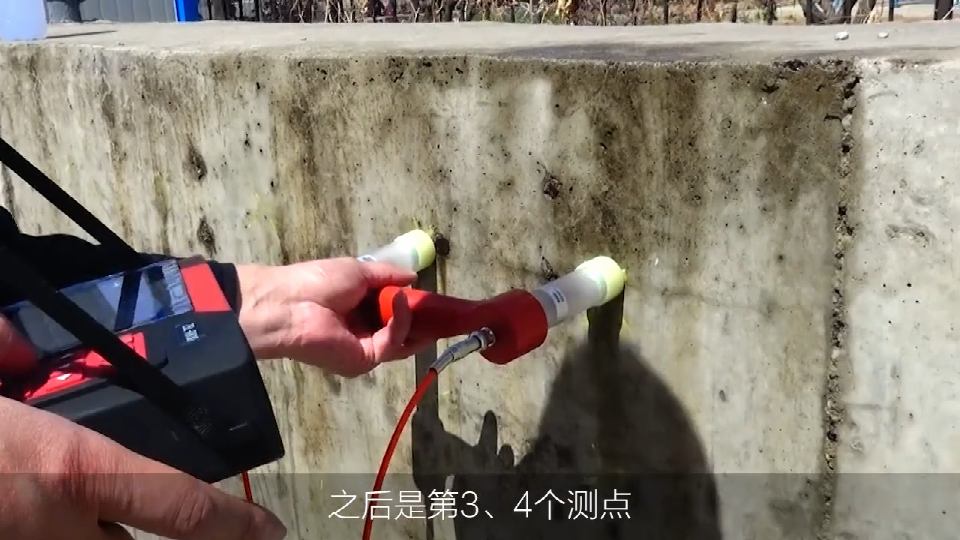

market@chinacoalintl.com
The concrete surface looks smooth and undisturbed, but there may be destructive materials beneath it, which cannot be seen without special equipment. Before attempting to drill or cut concrete, you need to make sure that nothing underneath will damage your tool and damage the blade. Unfortunately, few contractors take such precautions and are forced to spend money on repairs and replacements. Understanding the importance of positioning reinforcement in concrete and how to proceed correctly will save you money.
The importance of positioning reinforcement in concrete
Many contractors save time and money by ignoring thorough scanning of concrete surfaces. They rely on the words of the plan or property owner and continue to work in potentially dangerous locations. Here are some consequences of not checking the surface before cutting or drilling:
Damaged equipment-this is the most common result of such negligence. If you do not plan to place reinforcement in concrete, you will use a tool or drill that is not used for metal in the project. That will damage the drill bit or blade and render the equipment useless.
Injury – Bits and blades are fast-moving objects, so even the smallest errors can cause hot metal fragments to fly in all directions. This may result in serious injury or even hospitalization.
Project delays-If an obstacle is encountered, the project is delayed by at least one day, or even more. The contractor can't resume work just by changing tools. They will have to come up with a plan to solve the problem of embedded steel bars, which may result in delays and increased costs.
Structural problems-Sometimes damaged rebar and weakened concrete can damage the structural integrity of the surface. If this happens, the site will become too unstable to work and will cause delays.
How to find reinforcement in concrete
You don't need to destroy the concrete to be excavated to locate the reinforcement in the concrete. There are several tools that can help you detect metals without having to drill or cut into the surface. For decades, contractors will use bulky and cumbersome X-ray machines to locate embedded concrete. Fortunately, the technology has evolved enough to introduce different tools to handle the task.
Today, most contractors use rebar locator testers. It is fast, easy to use, efficient and the price is very cheap, so there is no reason for contractors not to use them.
Detecting steel bars in concrete using rebar locator tester
1. Preparation before using the rebar locator tester
First, take the instrument out of the case, connect the probe and the host during the thickness test and diameter test, connect the host to the probe and the scanning cart when rebar scanning, and then press the key on the keyboard, then the startup screen appears.
2. The scanning method of the rebar locator tester
(1) Obtaining information
Obtain the design and construction data of the tested component, determine the approximate position, direction and diameter of the steel bar in the tested component, and set the steel bar diameter parameter of the instrument to the design value. If the above information cannot be obtained, set the steel bar diameter to the system default value, and use the network scanning or profile scan and diameter test function to detect the steel bar diameter and its protective layer thickness.
(2) Determine the detection area
Select an area on the component to be tested as the detection area as needed, and choose a smooth surface area as much as possible to improve the detection accuracy.
(3) Detect the thickness of the protective layer and the diameter of the steel bar
Knowing the diameter of the steel bar to detect the thickness of the protective layer: Select the thickness test function of the rebar locator tester, set the number and the diameter parameter of the steel bar, scan along the vertical direction of the main bar (upper bar) in the middle of the two stirrups (lower bar), and confirm Measure the thickness of the protective layer of the main rib (upper rib); scan the vertical direction of the stirrup (lower rib) between the two main ribs (upper rib) to determine the thickness of the protective layer of the measured stirrup (lower rib). Pay attention to set the corresponding mesh rebar status, and you are done.
As you can see, under the premise that the damaged steel bars and weakened concrete will damage the structural integrity of the surface, the rebar locator tester is a good choice!

© Shandong China Coal Group. © 2017
Address: No. 11, North of Kaiyuan Road, High-tech Zone, Jining City, Shandong Province, China
sales@chinacoalintl.com
Executive Editor: Zhang Wen / Editor: Linda Zhang